We had lots of questions and wanted reliable answers - so we asked the folks who know. Here's what we found out.
- story by Ellis Anderson
UPDATE - July 17: MDEQ conducted water tests after Barry passed through and says the results warrant leaving the water contact warnings in place. Click here for the full July 17 press release.
Below is a compilation of the answers we received - along with some from other reliable scientific sources.
Is the culprit a bacteria or an algae? We’ve heard it called both.
The organism that’s causing our problems is actually a bacteria – a cynanobacteria, to be specific. So technically, it’s not an algae bloom.
The proper terminology now, according the Liz Sharlot, Director of Communications at the Mississippi Department of Health is “Algal,” pronounced, “All-gul.” The University of California’s Museum of Paleontology says that: Cyanobacteria are aquatic and photosynthetic, that is, they live in the water, and can manufacture their own food. Because they are bacteria, they are quite small and usually unicellular, though they often grow in colonies large enough to see. They have the distinction of being the oldest known fossils, more than 3.5 billion years old, in fact! It may surprise you then to know that the cyanobacteria are still around; they are one of the largest and most important groups of bacteria on earth… Do other places in the country have problems with HABs?
|
Archives
March 2024
Categories
All
|
Shoofly Magazine Partners
Our Shoofly Partners are local businesses and organizations who share our mission to enrich community life in Bay St. Louis, Waveland, Diamondhead and Pass Christian. These are limited in number to maximize visibility. Email us now to become a Shoofly Partner!

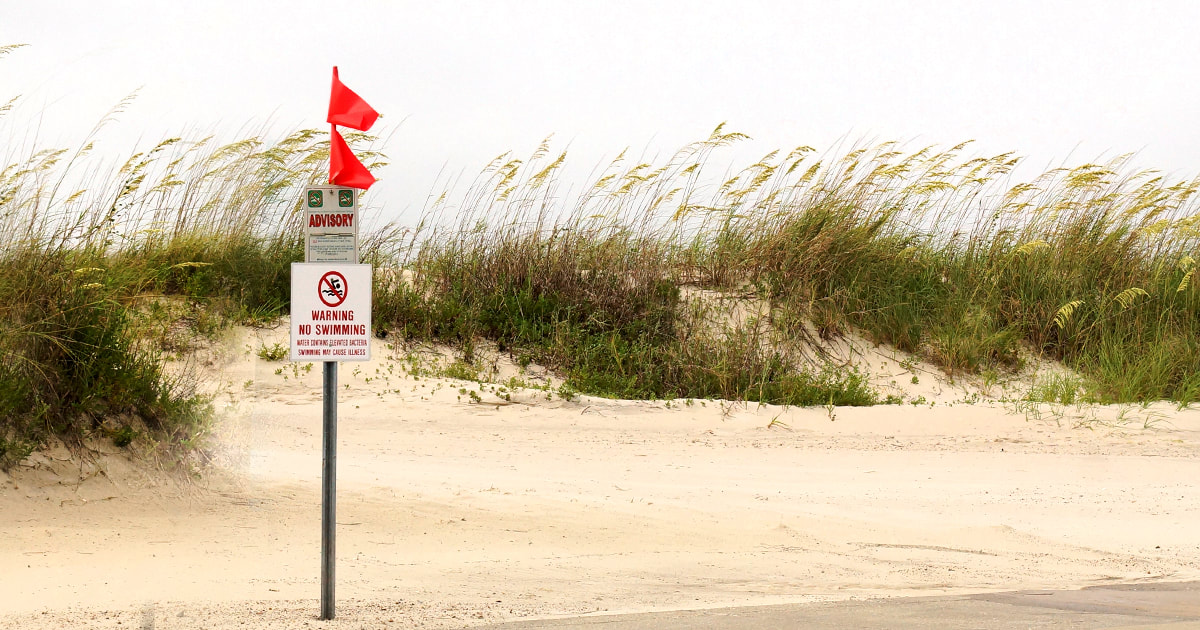


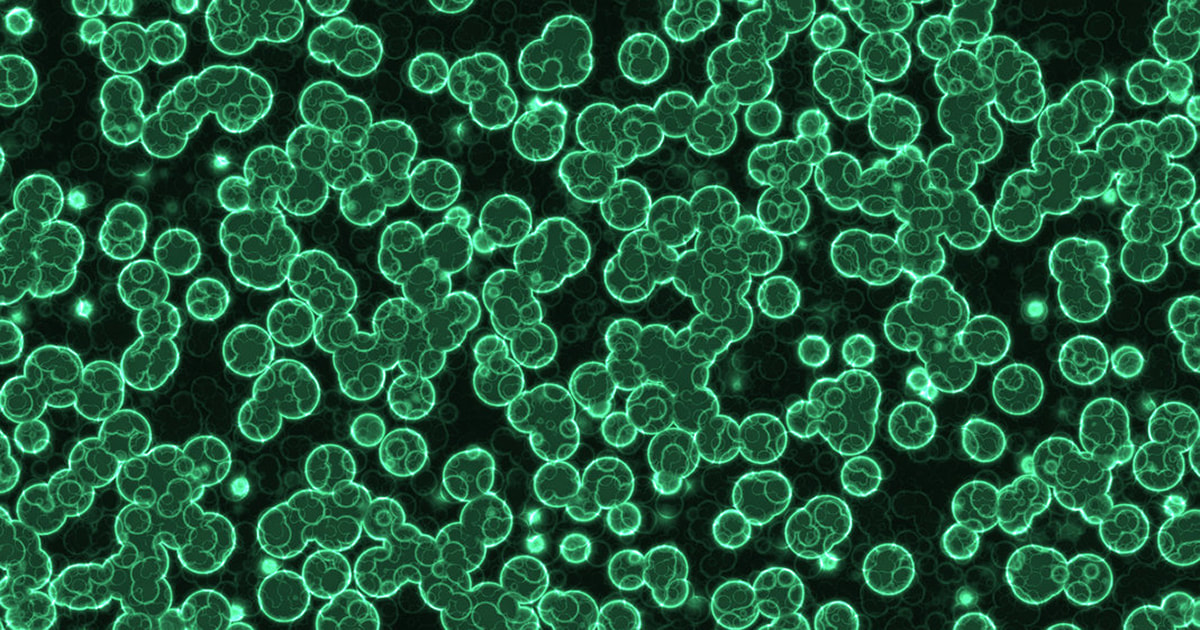
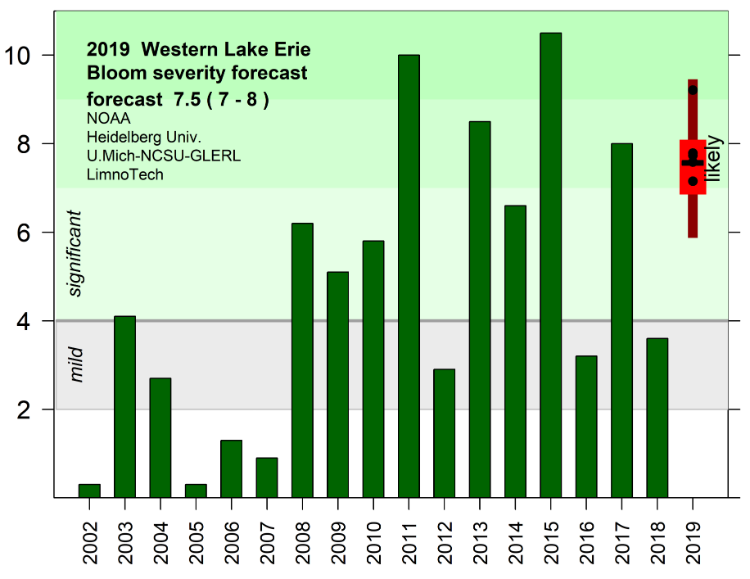




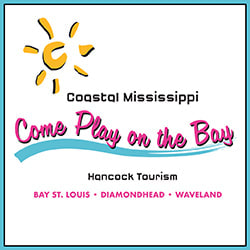












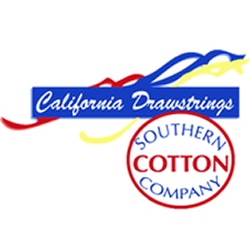







 RSS Feed
RSS Feed























